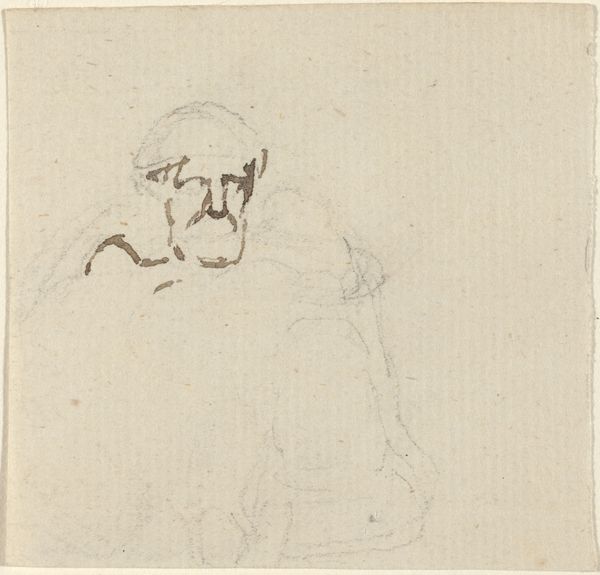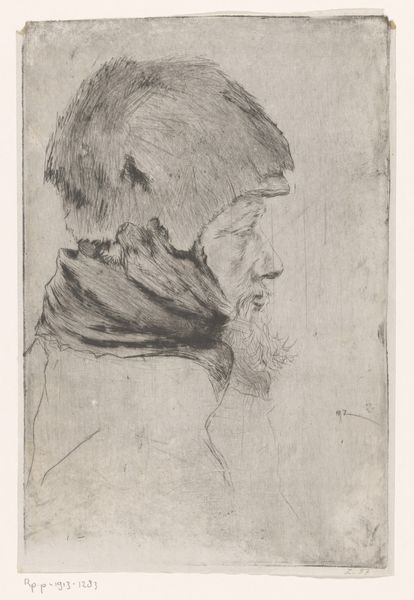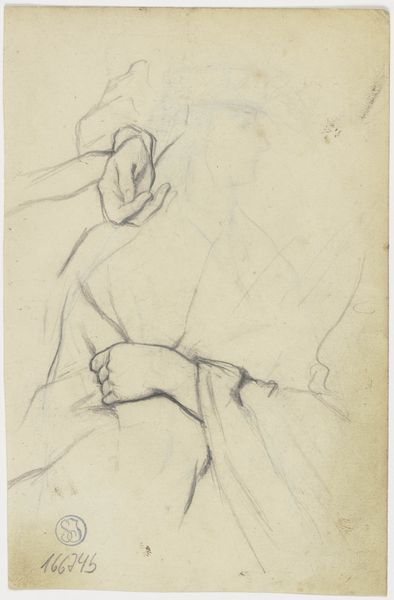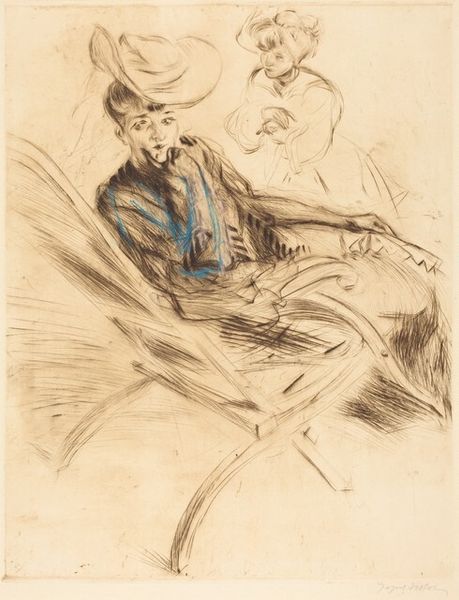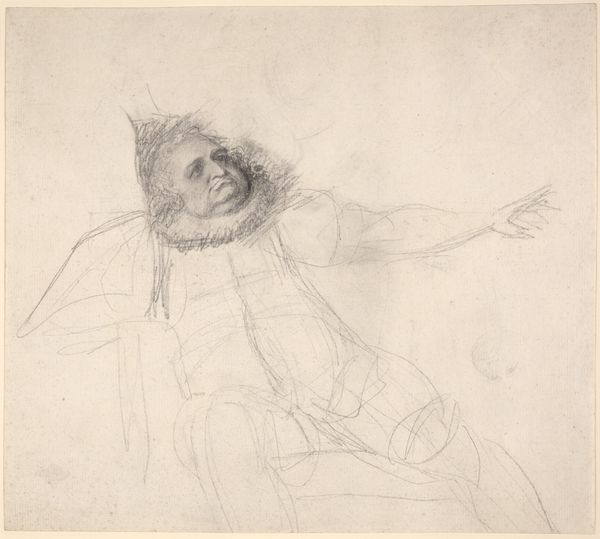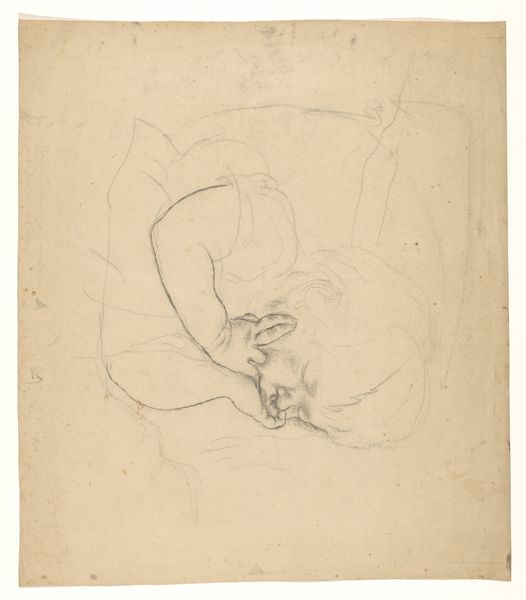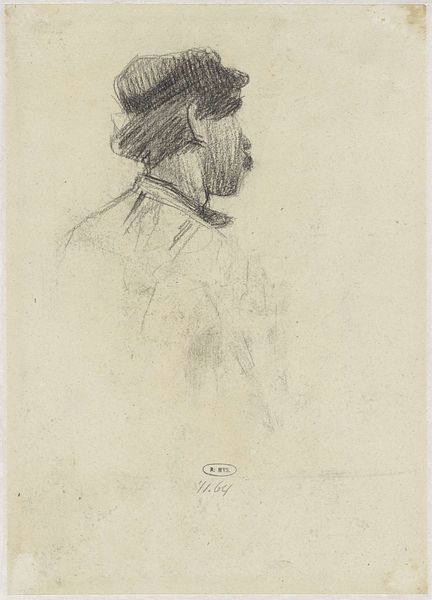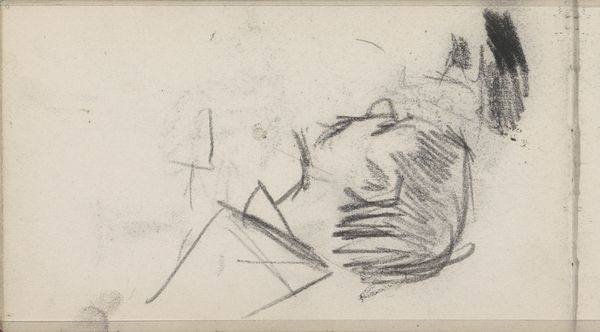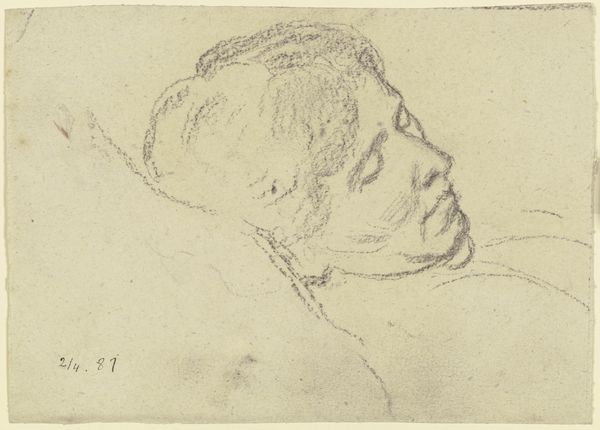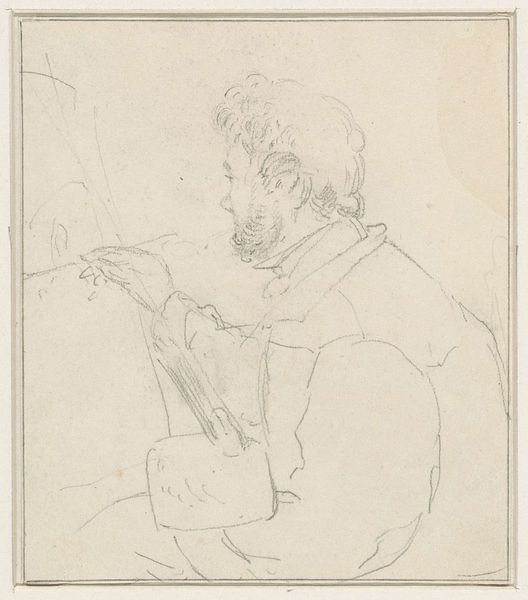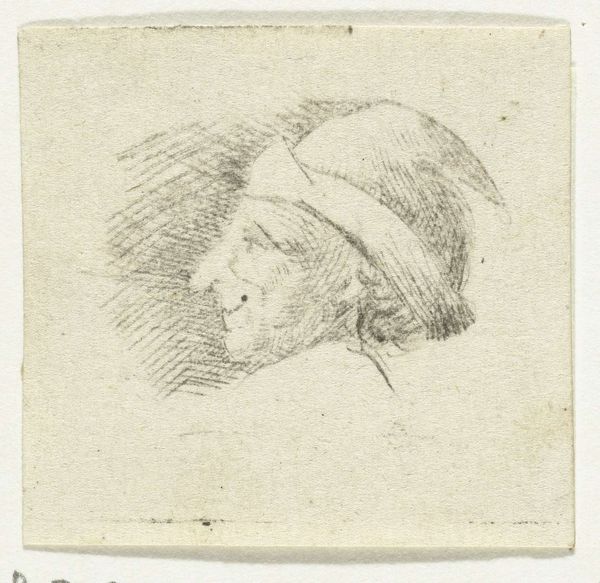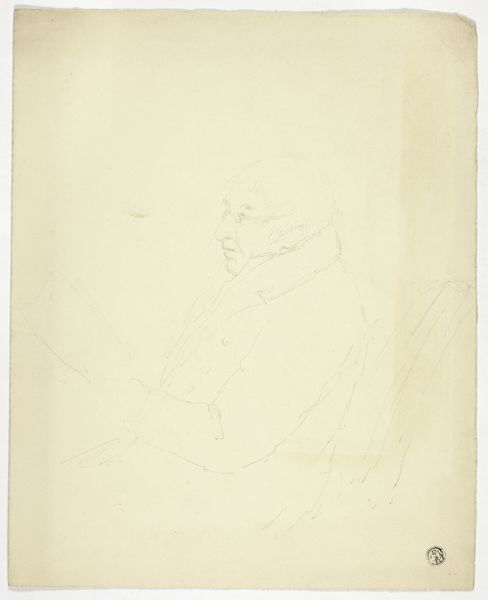
Analytical Study of a Woman's Head Against Buildings 1911 - 1912
0:00
0:00
Dimensions: 11 7/8 x 8 1/2 in. (30.2 x 21.6 cm)
Copyright: Public Domain
Editor: Here we have Umberto Boccioni's "Analytical Study of a Woman's Head Against Buildings," created sometime between 1911 and 1912, a pencil drawing. I'm immediately struck by the fractured appearance, the way the head and architecture almost seem to dissolve into one another. What can you tell us about what Boccioni might have been trying to express? Curator: The fractured appearance you’re noticing is really key to understanding Futurism and Boccioni's aims. Futurism celebrated the dynamism of the modern world, speed, technology, and urban life. They sought to break from traditional artistic conventions, which they viewed as stagnant and tied to the past. Considering that, how does this drawing exemplify that ethos in its subject and style? Editor: I guess it’s trying to capture the feeling of motion, of things changing rapidly, even within something as seemingly static as a portrait. The buildings also have sharp angles, like shards. Curator: Exactly. The Cubist-influenced fragmentation helps convey that. Boccioni wanted to show not just what things looked like, but how they *felt* in this new, fast-paced industrial era. The buildings aren’t simply a backdrop; they actively interact with the figure, implying the increasing urbanisation shaping people's lives. Does knowing this context change your interpretation of the woman's expression? Editor: It does. She almost seems overwhelmed by the city pressing in on her, rather than serenely posing in front of it. Curator: Precisely! Think about the social implications. Futurists, while advocating progress, often exhibited a complicated relationship with modernity's impact on individuals. This drawing may be exploring this very tension. Editor: That's fascinating! I hadn't considered that perspective. Seeing how the city and the individual blend in the sketch reflects some social pressure! Curator: Indeed. Examining a piece in its cultural context illuminates so much more. It goes beyond technique and into social dialogue.
Comments
No comments
Be the first to comment and join the conversation on the ultimate creative platform.
